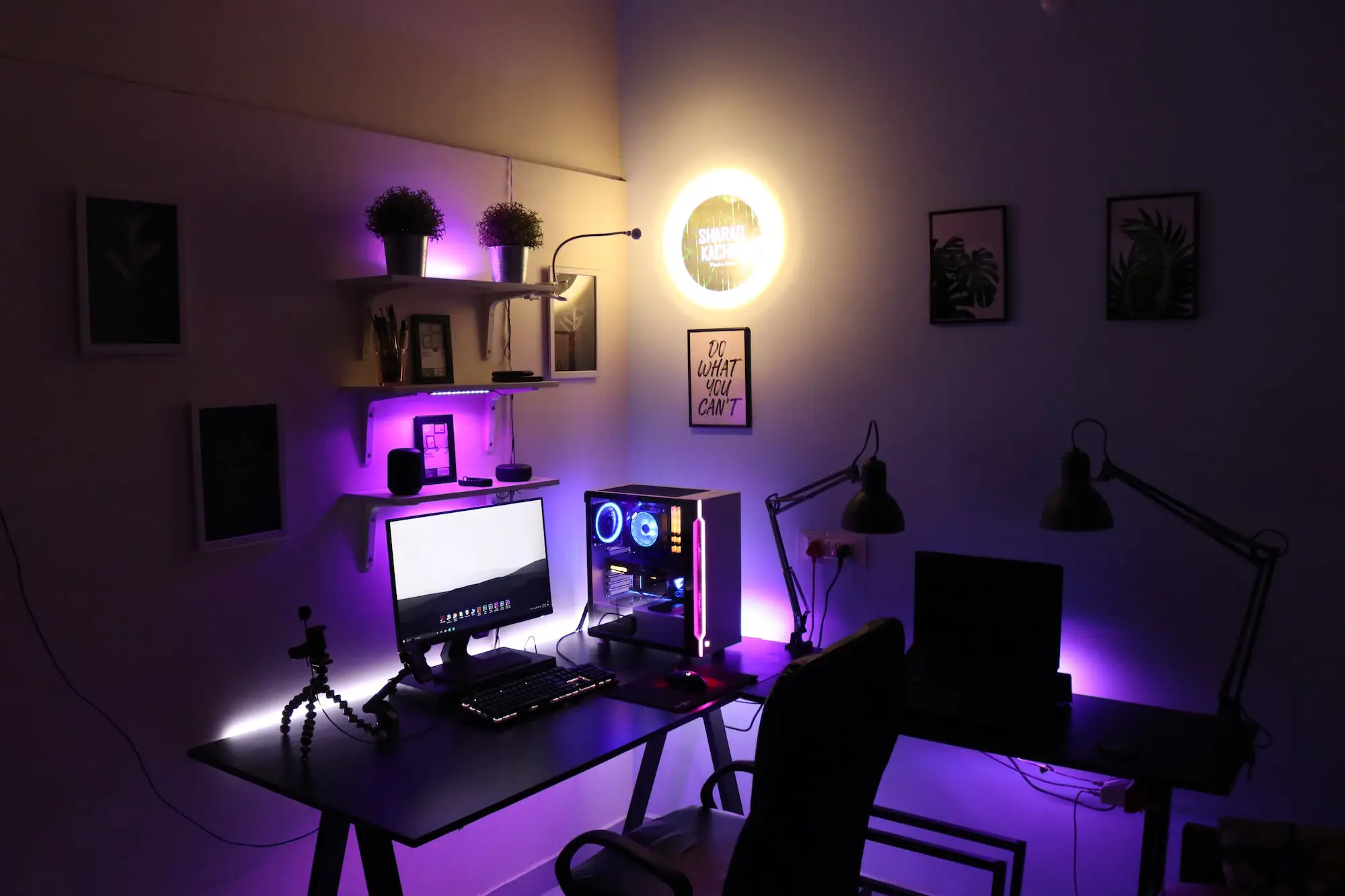Tech Guide
How to Create a Streaming Platform Like Rumble App: A Comprehensive Guide

Imagine a world where your creative vision comes to life and millions of users from around the globe connect, engage, and share their stories through the power of video. What if you could drive this digital revolution by building your own dynamic video-sharing platform, just like the Rumble app?
In this comprehensive step-by-step guide, we'll unveil the secrets to creating a captivating and user-friendly platform that showcases diverse content and fosters a thriving community of creators and viewers alike. From conceptualization and development to content management, user engagement, and monetization strategies, we'll cover every aspect that will help you bring your vision to life.
Get ready to embark on an exciting innovation journey as we help you transform your vision into a cutting-edge video-sharing platform that will redefine how people experience and share visual stories.
Video Sharing Platform Like Rumble App, but Way Better
With the ever-growing popularity of video content, there has never been a better time to enter the market and make your mark. Videos are the future of storytelling, and the world is hungry for platforms that allow creators to share their stories with a wider audience. By following our advice, you'll be well on your way to creating a video-sharing platform that captivates users and keeps them coming back for more.
Step 1: Define Your Platform's Objectives and Target Audience
Before developing a video streaming platform like the Rumble app, it's essential to define the purpose of your video-sharing platform and identify your target audience. Consider the type of content you want to host and the features that will appeal to your users. This will help you create a platform that caters to their needs and preferences.
Determine the niche or theme your platform will focus on and define your unique selling proposition. Consider whether you'll cater to specific industries, genres, or content creators. Understanding your target audience will help you tailor your platform's features, content, and user experience to effectively meet their needs and preferences.
Conduct market research to gain insights into your target audience's preferences, demographics, and content consumption habits. This research will help you create a platform that resonates with your target audience and sets you ahead of the curve.
Step 2: Choose the Right Technology Stack
Selecting the right technology stack is crucial for the successful development and operation of your video streaming platform. Consider utilizing reliable technologies such as cloud-based infrastructure, content delivery networks (CDNs), and scalable video encoding and transcoding solutions. These technologies will ensure a seamless streaming experience for your users and enable you to handle high-traffic volumes efficiently.
Some popular choices for video-sharing platforms include:
Front end: React, Angular, or Vue.js
Back end: Node.js, Django, or Ruby on Rails
Database: MySQL, PostgreSQL, or MongoDB
Video hosting and streaming: Amazon Web Services (AWS), Google Cloud, or Azure Media Services
Additionally, consider utilizing a reliable video player library or framework that supports adaptive streaming, such as Video.js or JW Player. Adaptive streaming technology adjusts video quality based on the user's network conditions, ensuring smooth playback across various devices and network speeds.
Step 3: Content Management and User Uploads
To build a thriving video streaming platform like Rumble app, you'll need an efficient content management system (CMS) that allows users to upload, manage, and categorize their videos. Implement features such as video metadata management, user authentication, and content moderation to ensure the quality and integrity of the content on your platform.
Design a user-friendly interface that simplifies the video upload process and provides options for privacy settings, video descriptions, and tags. Offer support for various video formats to cater to different content creators' needs.
Consider implementing a robust video transcoding system that automatically converts uploaded videos into various resolutions and formats to optimize playback across different devices and network conditions.
Step 4: Implement Video Encoding and Transcoding
Video encoding and transcoding are critical components of a video streaming platform. Implement robust encoding solutions that optimize video quality and file sizes for seamless streaming across different devices and network conditions.
Utilize video encoding standards such as H.264 or HEVC (H.265) to ensure efficient video compression while maintaining excellent visual quality. Consider integrating adaptive streaming technologies, such as HTTP Live Streaming (HLS) or Dynamic Adaptive Streaming over HTTP (DASH), to provide a smooth viewing experience across various devices and network speeds.
Implement a scalable video transcoding pipeline that automatically transcodes uploaded videos into multiple bitrates and resolutions. This ensures that viewers can access videos in the best quality based on their device capabilities and network bandwidth.
Step 5: Monetization Strategies
To sustain your video streaming platform, exploring various monetization strategies is essential. Consider options such as subscription plans, pay-per-view models, or advertising revenue.
Implement a payment gateway that supports secure transactions and provides users a seamless payment experience. Offer flexible subscription plans with different tiers and benefits to cater to various user preferences.
Consider partnering with advertisers or implementing an ad revenue-sharing model to generate additional revenue. Provide analytics and reporting features for content creators, enabling them to track their earnings and performance metrics.
Explore sponsorship opportunities and brand collaborations to enhance monetization possibilities. Provide tools and features that help content creators monetize their content through merchandise sales, crowdfunding, or fan support.
Step 6: Focus on User Engagement and Community Building
Building a thriving community is crucial for the success of your video streaming platform like Rumble app. Implement features that encourage user engagement, such as comments, likes, shares, and user-generated playlists. Incorporate social media integration to allow users to share videos on external platforms and promote cross-platform engagement.
Leverage recommendation algorithms to personalize user content recommendations based on their viewing preferences and behavior. Implement features that allow users to follow their favorite content creators, receive notifications, and discover new content based on their interests.
Organize video trends, challenges, or interactive events to foster user engagement and community participation. Encourage users to create and share their content, fostering a sense of ownership and community involvement.
Step 7: Ensure Platform Security and Copyright Protection
Protecting content creators' intellectual property and ensuring user data security is paramount. Implement robust security measures, including encryption protocols, secure login systems, and content rights management.
Incorporate tools for content detection and copyright infringement prevention to safeguard content creators' rights and maintain your platform's integrity. Implement user reporting mechanisms to allow users to flag inappropriate content or copyright violations easily.
Ensure compliance with data protection regulations, such as GDPR or CCPA, and implement measures to secure user data and privacy. Regularly perform security audits and updates to protect against potential vulnerabilities and threats.
Final Thoughts
Creating a video streaming platform like the Rumble app requires careful planning, technical expertise, and a user-centric approach. By defining your platform's objectives, choosing the right technology stack, and focusing on content management, user engagement, and monetization strategies, you can build a successful and engaging platform for content creators and viewers alike.
Remember to continuously iterate and enhance your platform based on user feedback and emerging industry trends. With dedication, creativity, and a focus on providing a seamless streaming experience, you can create a video streaming platform that stands out in the digital landscape.
